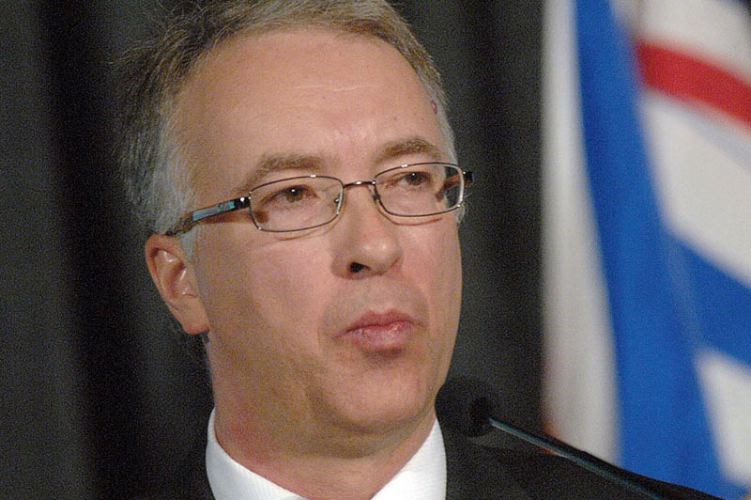Nechako-Lakes MLA John Rustad says he favours a "spoke and hub" model of transportation along Highway 16 West, signaling a full-blown, publicly-run transit service from Prince George to Prince Rupert remains off the table as far as the provincial government is concerned.
"I think when you're looking at the highway, it doesn't make sense in my mind to be thinking a comprehensive transportation system like the Lower Mainland has that's going to go from Prince Rupert to Prince George," Rustad said Wednesday. "But what does make sense is how to support the local communities and there is a lot of talk about a sort of spoke and hub type model around how transportation can work. I'm not sure if that will be where it all goes but like I say, some of the ideas that came forward were quite innovative."
Rustad, who is the provincial government's aboriginal affairs minister, attended about half of a one-day symposium held in Smithers this week where community leaders gathered to discuss options for improving transportation along Highway 16 West. The stretch has gained the moniker Highway of Tears because of the number of young women, many aboriginal, who've gone missing or were murdered while hitchhiking along the corridor. Rustad described the get-together as a "great discussion."
Transportation Minister Todd Stone, who did not attend the meeting, said in a press release the next step will be to "turn the discussion into action and to work on a plan that provides an effective model for transportation as quickly as possible."
A number of "community-based transportation options, which could service the First Nations communities located along the Highway 16 corridor," were discussed according to the press release.
Examples raised included the Fort St. James "Seniors Helping Seniors," the First Nations community-led transportation service in Lake Babine, as well as the Northern Health Authority's Northern Health Connections bus service for out-of-town people with medical appointments.
Carrier-Sekani Family Services executive director Mary Teegee, who helped give a presentation on the Highway of Tears Initiative at the gathering, was disappointed no action was taken on the work that has been done already.
A shuttle service from Prince George to Prince Rupert was the top recommendation to come out of the Highway of Tears Symposium held 10 years ago and the idea was once again endorsed by Wally Oppal, the commissioner for the Missing and Murdered Women Inquiry, three years ago, Teegee noted.
"I would have liked to have seen something more concrete and some government funding and commitment tied to that," Teegee said.
Funding for the Highway of Tears Initiative will run out at the end of December, Teegee added.
According to a government estimate, a six-day a week service from Prince George to Prince Rupert would cost $1 million a year.
North Coast New Democrat MLA Jennifer Rice said that's a "drop in the bucket" given the provincial government's annual budget is $46 billion a year.
"And considering northern British Columbia is a big part of our economy, where the resources we have here are producing so much and have historically, I think it's a small contribution that could be invested in order to help families here thrive," Rice said.
Rice suggested the event was held to divert attention away from the scandal over the "triple-deleting" of government emails related to the Highway of Tears but remains hopeful something productive will come out.
"I'm suspicious of the timing of the symposium, I'm thinking that it's an attempt at saving face," Rice said. "If in the end that's what it takes to see concrete action, so be it...We're not holding our breath, I guess."
In a press release headlined "Highway of Hope: Transportation Symposium Sets Stage for Wide-Ranging Collaboration," North Central Local Government Association vice president Laurey-Anne Roodenburg called the meeting a "genesis of a new relationship, of working together in partnership."
"At the grassroots level, northern communities have realized for quite some time that we need to work together to solve big-ticket items," Roodenburg continued.
"Obviously, transportation along the Highway 16 corridor is one of those. All of us in the north, both aboriginal and non-aboriginal, need to put our heads together and come up with some practical, doable, collaborative solutions."



